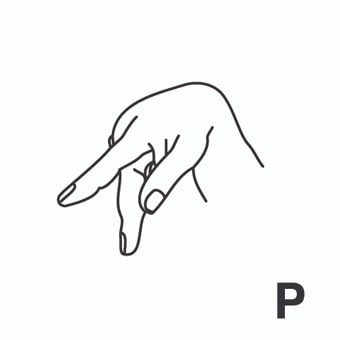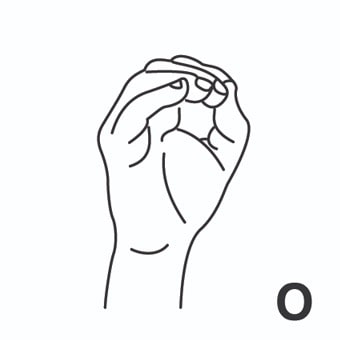Bonnet in spanish
Capó
pronunciation: kɑpoʊ part of speech: noun
pronunciation: kɑpoʊ part of speech: noun
In gestures




bonnet1 = gorra, gorro, sombrero.
Example: Costumes from the museum's collections include women's dresses and their intricate accoutrements, bonnets and shoes; men's suits and waistcoats; and children's clothes.more:
» have + a bee in + Posesivo + bonnet (about) = estar obcecado con Algo, tener Algo metido entre ceja y ceja.
Example: What do you do when a calm puppy is suddenly in a frenzy, as if he had a bee in his bonnet? .bonnet2 = capó. [Inglés británico]
Example: To reduce the impact of cars on pedestrians some cars have been fitted with air bags on their bonnets.